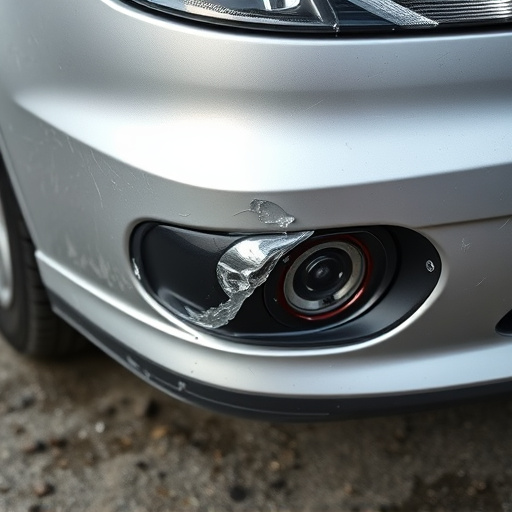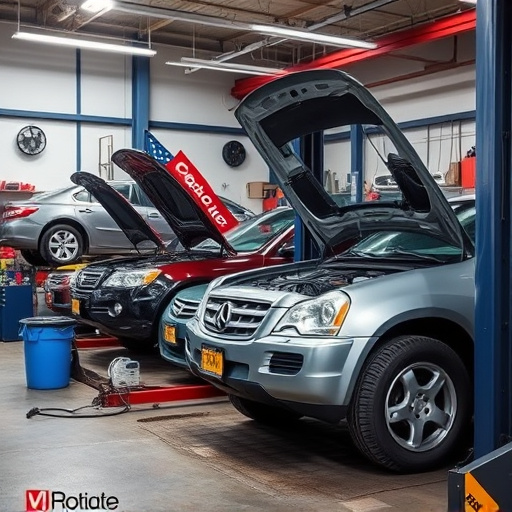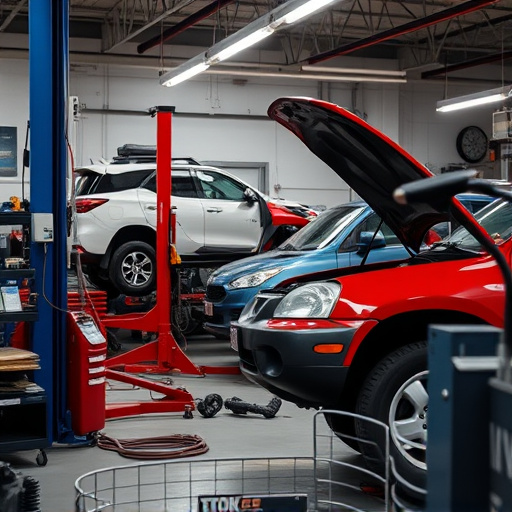An insurance estimate review is crucial for managing claims after a car accident, allowing you to compare quotes, ensure accuracy, and make informed decisions about vehicle restoration. Analyze policy terms, focus on coverage and fees, and get multiple quotes from providers to negotiate costs effectively while ensuring adequate repair scope.
Embark on a journey towards becoming an informed consumer with our comprehensive guide to reviewing insurance estimates. In today’s complex market, understanding policy details is crucial. Learn the basics of decoding insurance estimates and gain strategic insights for negotiating better rates. From grasping key terms to employing effective review techniques, this guide equips beginners with essential tools to navigate and optimize their insurance choices.
- Understanding Insurance Estimates: Basics Explained
- How to Read and Interpret Policy Details
- Strategies for Negotiating and Reviewing Quotes
Understanding Insurance Estimates: Basics Explained

An insurance estimate review is a crucial step for anyone dealing with claims, especially after a car accident. It involves understanding and evaluating the breakdown of costs provided by an insurance company or a repair shop. When you receive an insurance estimate for collision repair or car dent removal, it’s essential to break down each component. This process allows you to compare different quotes, ensure accuracy, and make informed decisions about your vehicle’s restoration.
The estimate should include detailed information about the proposed repairs, parts required, labor rates, and any additional fees. For instance, if a repair shop suggests replacing a damaged fender, the estimate should specify the cost of the new fender, its installation, and any related services like painting or body alignment. Understanding these basics is vital to ensure you’re not paying for unnecessary services or subpar parts during the car collision repair process.
How to Read and Interpret Policy Details

When reviewing an insurance estimate, understanding your policy details is key. Start by skimming through the document to get a sense of the overall structure and language used. Insurance policies often use specific terms and conditions that might be unfamiliar, so take note of any definitions provided. Focus on sections related to coverage, deductibles, and exclusions, as these will directly impact what’s covered in case of a claim.
Pay close attention to the section outlining “Auto Collision Repair” or “Damaged Property Restoration,” which is particularly relevant for automotive collision repair scenarios. Here, you’ll find specifics on how the insurance company handles repairs, including their preferred providers or approval processes. Compare these details with the estimated costs from reputable auto repair services or an auto collision center to ensure they align and adequately cover the required work.
Strategies for Negotiating and Reviewing Quotes

When reviewing insurance estimates, one key aspect to focus on is negotiating the costs. Start by getting multiple quotes from different providers to have a comprehensive range of options. Compare not only the prices but also the scope of coverage and deductibles. This strategic approach ensures you get the best value for your money.
During negotiations, don’t be afraid to ask questions about charges included in the estimate, especially regarding collision damage repair or car paint services. Understanding the breakdown of costs allows you to make informed decisions. Be prepared with comparable quotes from other sources; this can serve as a leverage point. Remember, an insurance estimate review is not just about saving money but also ensuring your vehicle’s repairs meet your expectations and standards.
An insurance estimate review is a powerful tool for any individual looking to make informed decisions about their coverage. By understanding the basics of insurance estimates, comprehending policy details, and employing negotiation strategies, beginners can navigate the process with confidence. This guide has equipped you with the knowledge to critically assess quotes, ensuring you get the best possible value for your investment in protection. Now, it’s time to put these insights into practice and take control of your insurance journey.














